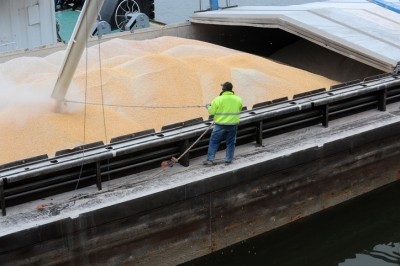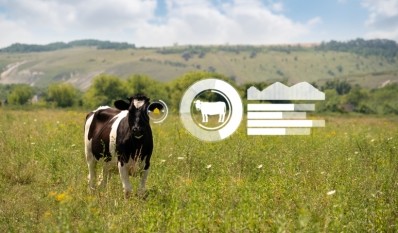DNA barcoding could transform traceability of bulk agri commodities, and spur greater use of blockchain in the feed industry

However, to date, there has been limited application of the technology in the feed industry, notes Dr Jennifer van de Ligt, associate professor, College of Veterinary Medicine, University of Minnesota.
“Due to food safety events, and the difficulty in traceability back to the point or origin, there is more pressure on food chains to embrace, not necessarily blockchain, but digitally traceable supply chains that are more than the 'one step forward, one step back' approach currently required under the preventive control rules here n the US. Indeed, the US FDA has proposed an additional rule under the Food Safety Modernization Act (FSMA) - it is currently working its way through the regulatory process to become a final rule; it pushes for increased digital traceability for certain foods.
“The pressure has not transitioned over to the US feed side yet, but I think it will begin to happen more from producer demand than regulatory action. African swine fever (ASF) is a huge issue right now around the globe and many of feed companies in the US are recognizing that there is a lot of uncertainty as to the level of risk the feed supply chain may pose for introduction of ASF into North America. There is a lot of fear. I think this is driving awareness that traceability may need to be improved.”
Van de Ligt, who is also director of the University of Minnesota’s Integrated Food Systems Leadership Program and director of its Food Protection and Defense Institute, has long been tracking blockchain developments in food and the likely benefits for the feed sector. She, along with two colleagues, published a paper in 2019: Blockchain Technology and the Potential Applicability in the Feed Industry.
DNA barcoding
“Where the research that we did ended and where technology has changed in the past couple of years is that we now have companies that are introducing traceability solutions that can actually work in commodity crops, which I find just really fascinating. There are two or three of these on the market right now. They are using non-pathogenic microorganisms and/or naked DNA, thus relying on unique genetic coding to trace grain from farm to fork. The way it would work is that a farmer, wherever they are located, would get a unique DNA from one of these companies, a specific genetic footprint, that would be sprayed onto the feed, eventually enabling the feed mill to analyze the feed, and look for these genetic footprints, to know exactly which farm that bulk grain came from. When linked with something like blockchain, where you register every point or transaction in the chain, from farm to fork, you could have a fully traceable supply chain with a biomarker back to the farm, even in mixed commodities.”
This DNA barcoding will provide a really interesting opportunity - yet questions remain about how such barcodes would survive feed processing, added van de Ligt.
Tracking feed additive shipments
The feed additive supply chain could also benefit from blockchain, she said.
“In the area of premix, or direct fed microbial purchasing, for example, it may not be a direct manufacturer to finished feed provider supply chain. Within this sector, there are many distributors, wholesales and resellers, so by providing blockchain traceability throughout that supply chain to allow end users understand how their premixes and their direct fed microbials were managed throughout that whole network has a real advantage, particularly for products that need to be maintained in such a way as to ensure their potency. The technology even allows an additive manufacturer or feed provider to tie traceability and blockchain through this complicated wholesale and reseller network with temperature controls and temperature monitoring so that end users can verify the product they receive is as efficacious as it should be.”
Goodbye paperwork, hello electronic processing
Another application for blockchain, which would impact the feed sector as well, and one that is gaining traction is its use in making the process of navigating international boundaries much more electronic and much less paper intensive.
“So that much of the pre-work for accepting shipments can be done before the shipment arrives, which trims and makes the port transition stage much more efficient. IBM and Maersk have a really interesting relationship for on land versus on sea and how they are managing those transition points.”














